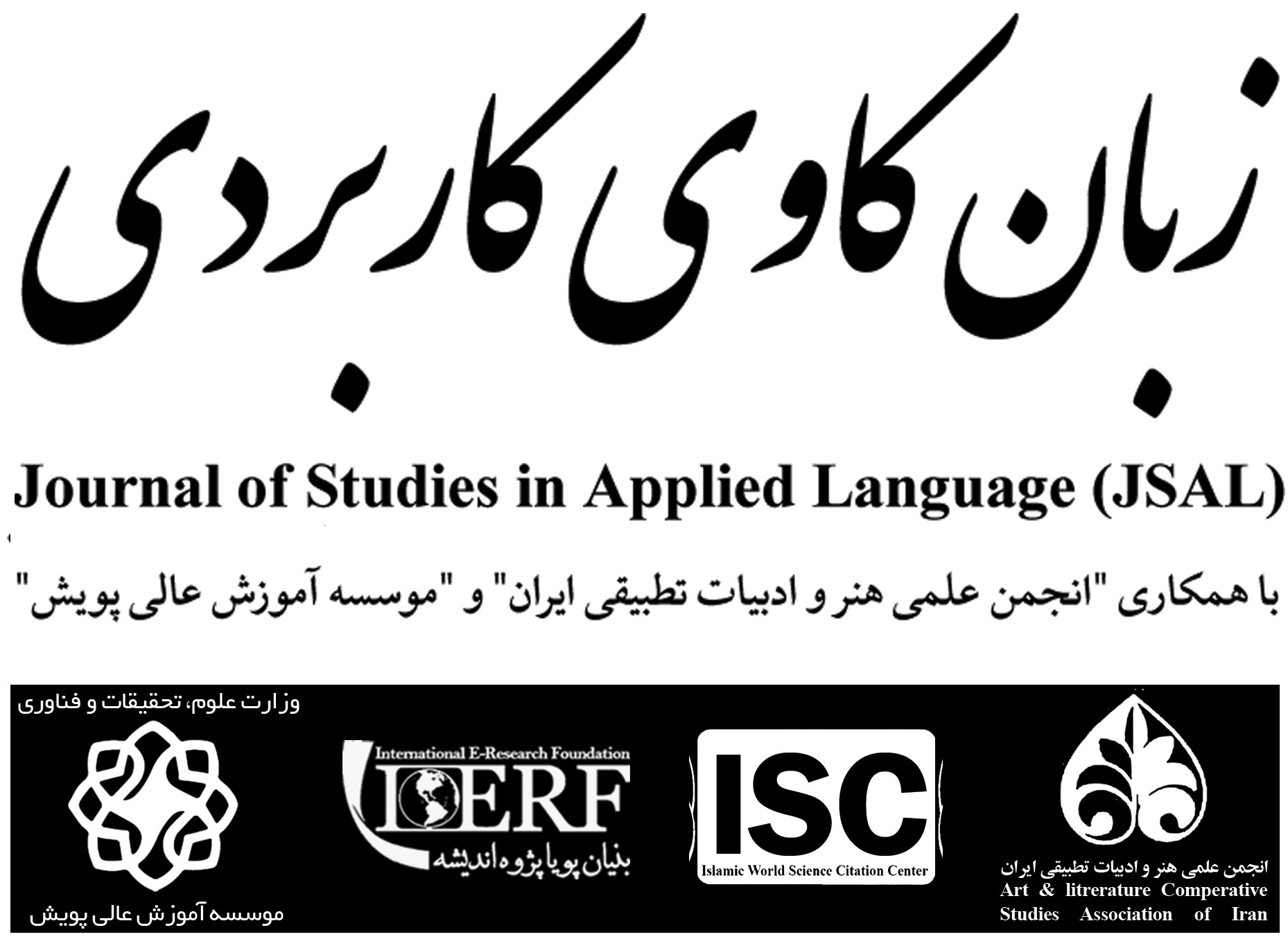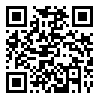Volume 5, Issue 1 (Journal of Language Teaching, Literature & Linguistics (JLTLL) 2022)
JSAL 2022, 5(1): 161-179 |
Back to browse issues page
Download citation:
BibTeX | RIS | EndNote | Medlars | ProCite | Reference Manager | RefWorks
Send citation to:



BibTeX | RIS | EndNote | Medlars | ProCite | Reference Manager | RefWorks
Send citation to:
Suzani S M, Alizadeh Khoub V M. (2022). A Study of Nida’s (1964) Types of Equivalence in Three English Translations of Letters 40 to 60 of Nahj al-Balagheh [In English]. JSAL. 5(1), 161-179.
URL: http://jsal.ierf.ir/article-1-77-en.html
URL: http://jsal.ierf.ir/article-1-77-en.html
1- Assistant Professor of TEFL, Department of English, Marvdasht Branch, Islamic Azad University, Marvdasht, Iran , vida.alizadehhh@gmail.com
2- MA Graduate of Translation Studies Department of English, Marvdasht Branch, Islamic Azad University, Marvdasht, Iran
2- MA Graduate of Translation Studies Department of English, Marvdasht Branch, Islamic Azad University, Marvdasht, Iran
Abstract: (1461 Views)
The main objective of this study is to probe into the issue of equivalency in three translations of Nahj al-Balagheh. More specifically, it is aimed to find out if there was any significant difference between dynamic and formal types of equivalence in three Persian to English translations of Nahj al-Balagheh by Jafari, Seyed Alireza and Mutahari and reveal whether three English translations of Nahj al-Balagheh could equally convey the same message or not. To accomplish this purpose, Nida’s (1964) model of equivalence is used as the framework of the study. The results demonstrate that considering dynamic and formal types of equivalence, there are significant differences among three English translations. Besides, whereas Jafari’s translation is dynamic, both Seyed Alireza and Mutahari’s translations are more formal in tone. Findings can be of help to the interested readers who intend to do more on the translation of religious texts including Nahj-al-balagheh.
Keywords: Nahj al-Balagheh, Equivalency, Nida’s model, Religious Texts, Formal and Dynamic Equivalence
Type of Study: Research |
Subject:
Sociolinguistics
Received: 2021/07/23 | Accepted: 2021/09/1 | Published: 2021/09/29
Received: 2021/07/23 | Accepted: 2021/09/1 | Published: 2021/09/29
Send email to the article author
| Rights and permissions | |
 |
This work is licensed under a Creative Commons Attribution-NonCommercial 4.0 International License. |






